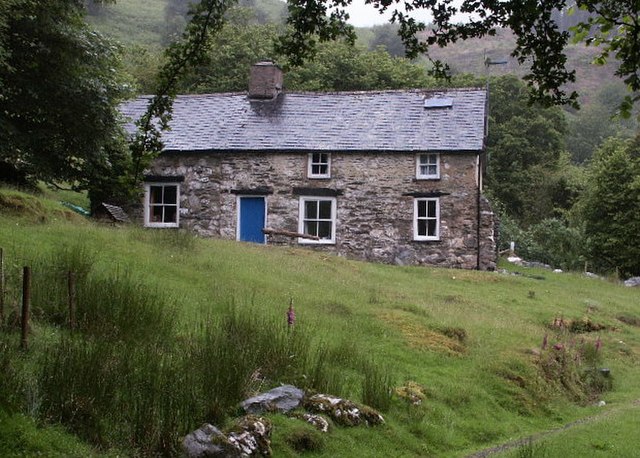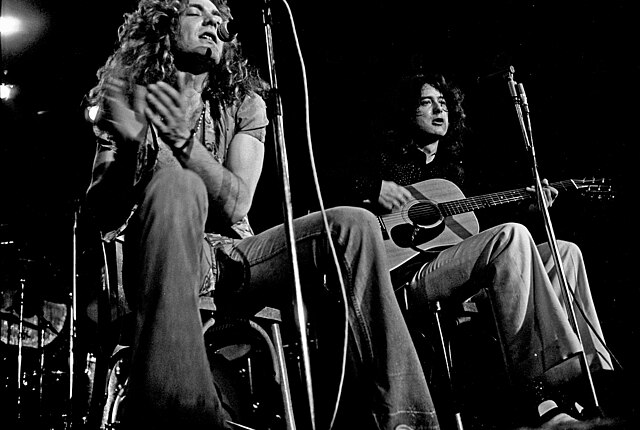Physical Graffiti is the sixth studio album by the English rock band Led Zeppelin. Released as a double album on 24 February 1975 in the United States and on 28 February 1975 in the United Kingdom, it was the group's first album to be released under their new label, Swan Song Records. The band wrote and recorded eight new songs for the album in early 1974 at Headley Grange, a country house in Hampshire, which gave them ample time to improvise arrangements and experiment with recording. The total playing time covered just under three sides of an LP, so they decided to expand it into a double album by including previously unreleased tracks from the sessions for the band's earlier albums Led Zeppelin III (1970), Led Zeppelin IV (1971) and Houses of the Holy (1973). The album covered a range of styles including hard rock, progressive rock, rock 'n' roll and folk. The album was then mixed over summer 1974 and planned for an end-of-year release; however, its release was delayed because the Peter Corriston-designed die-cut album cover proved difficult to manufacture.

Physical Graffiti
Bron-Yr-Aur cottage was the birthplace of "The Rover", "Bron-Yr-Aur", and "Down by the Seaside".
Some older material for Physical Graffiti was recorded at Stargroves.
96 and 98 St. Mark's Place in New York's East Village
Led Zeppelin were an English rock band formed in London in 1968. The group comprised vocalist Robert Plant, guitarist Jimmy Page, bassist and keyboardist John Paul Jones, and drummer John Bonham. With a heavy, guitar-driven sound, they are cited as one of the progenitors of hard rock and heavy metal, although their style drew from a variety of influences, including blues and folk music. Led Zeppelin have been credited as significantly impacting the nature of the music industry, particularly in the development of album-oriented rock (AOR) and stadium rock.
Clockwise from upper left: Jimmy Page, John Bonham, Robert Plant, John Paul Jones.
A 1937 photograph of the burning LZ 129 Hindenburg taken by news photographer Sam Shere, used on the cover of the band's debut album and extensively on later merchandise
Bron-Yr-Aur, near Machynlleth, the Welsh cottage to which Page and Plant retired in 1970 to write many of the tracks that appeared on the band's third and fourth albums
Plant and Page perform acoustically in Hamburg in March 1973, just before the release of the band's fifth album, Houses of the Holy.







